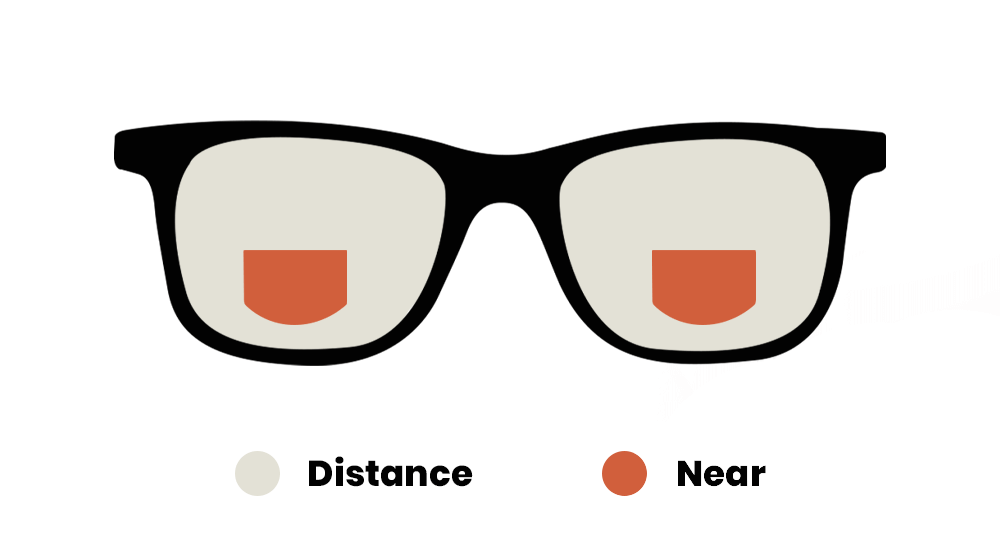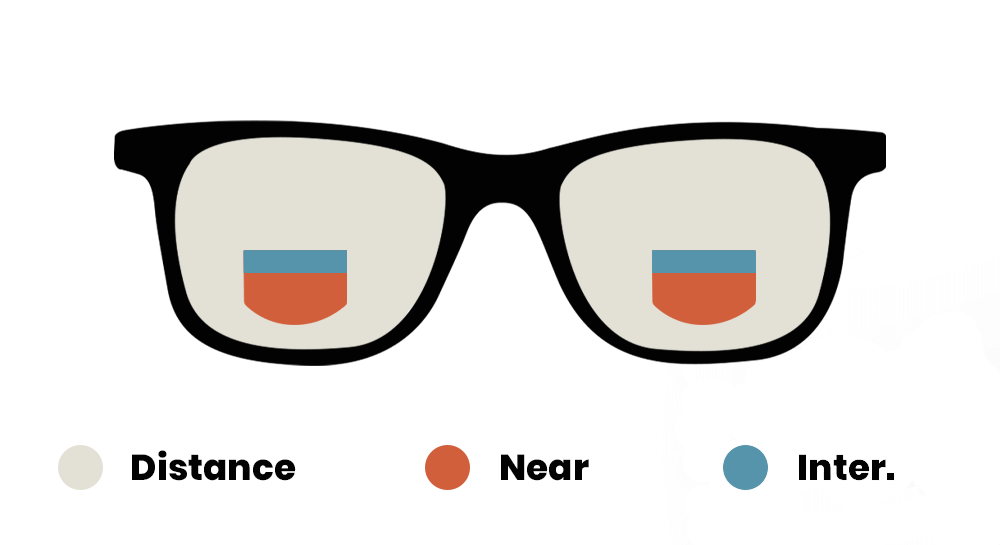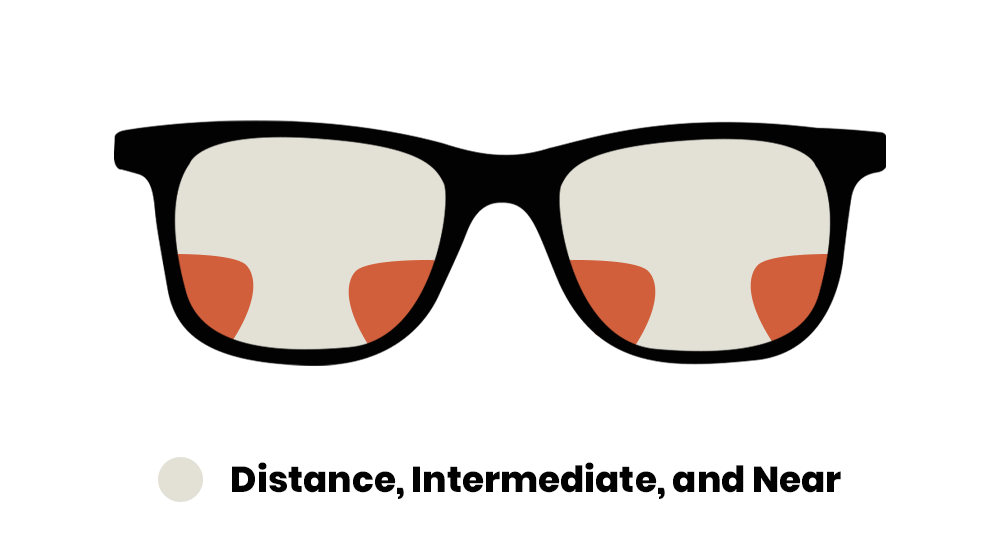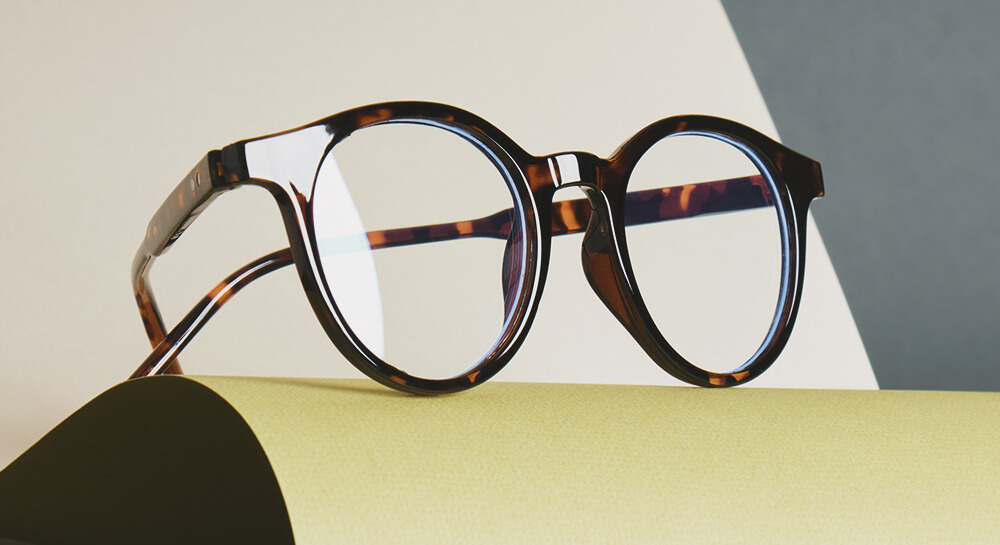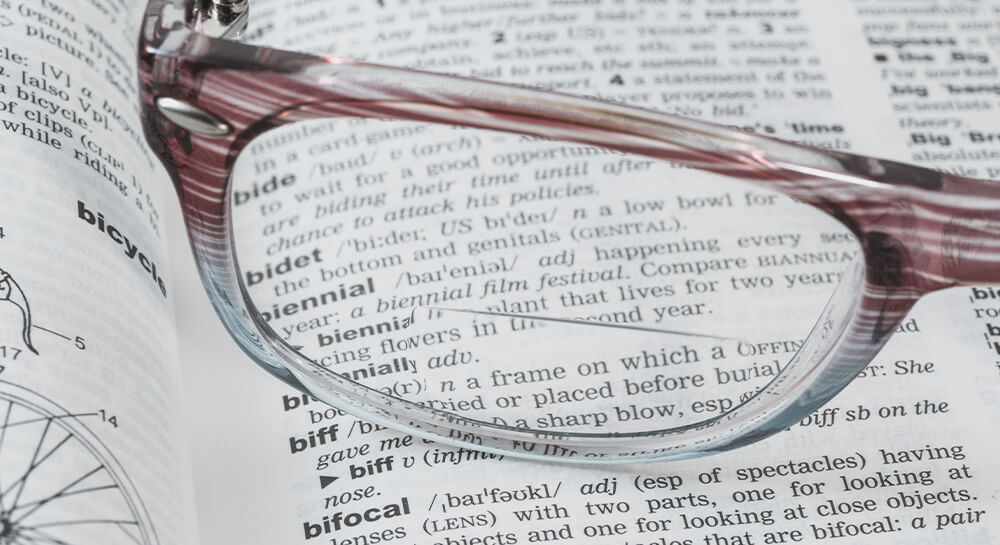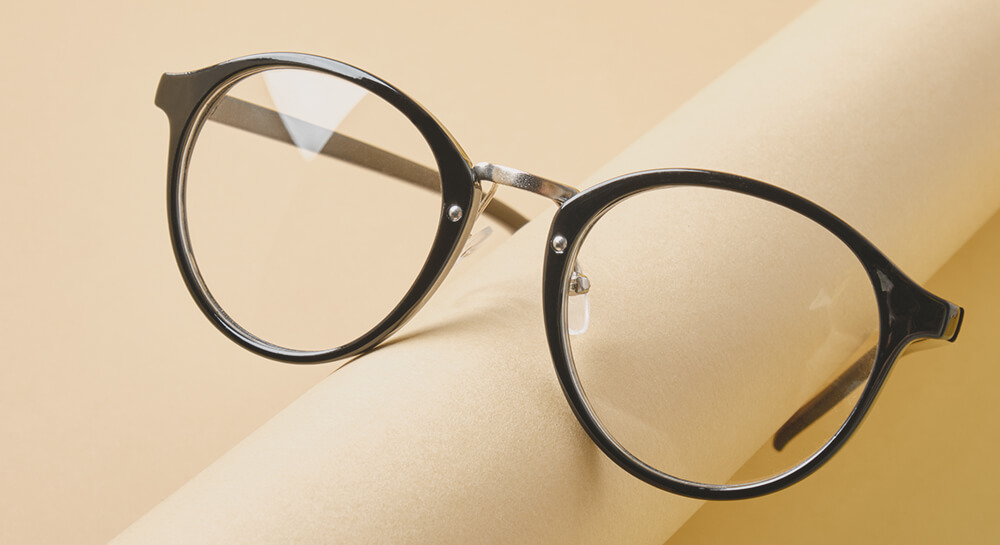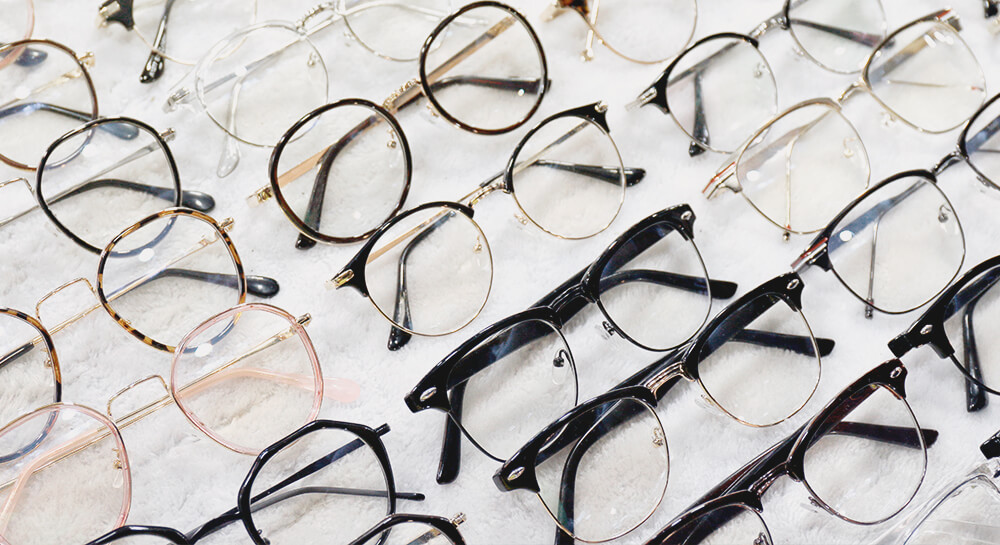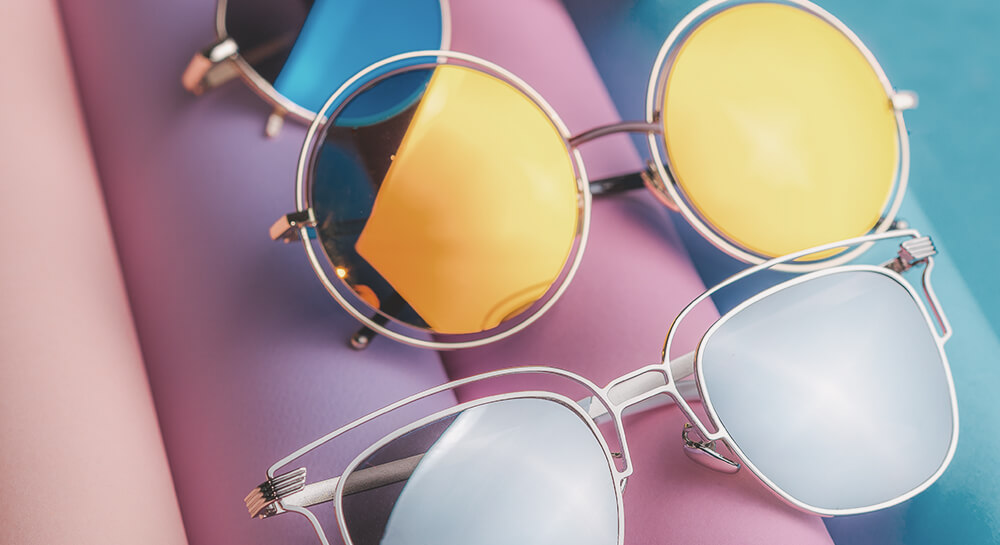Seeing is Believing


See the Difference
Experience Heartland Optical
What to Expect During Your Exam
Read on to learn about the different tests that make up the Heartland Optical comprehensive eye exam.
Glaucoma Exam
Slit Lamp Exam
Refraction Exam
Retinoscopy Exam
Depth Perception
Cover Test
Visual Acuity Tests
Color Blindness Tests
Optomap Exams

Glaucoma Exam
Testing for glaucoma typically begins with measuring the pressure inside your eyes. A tonopen measures the pressure in your eyes to help determine whether you have glaucoma. This is a fast and painless test; no puff of air required!
Another type of glaucoma test is performed with an instrument called an applanation tonometer. The most common of several versions of this instrument is mounted on the slit lamp. For this test, your eye doctor will put yellow eye drops in your eye to numb it. Your eyes will feel slightly heavy when the drops start working. This is not a dilating drop — it is a numbing agent combined with a yellow dye that glows under a blue light. Then the doctor will have you stare straight ahead into the slit lamp while he or she gently touches the surface of your eye with the tonometer to measure your IOP. Like NCT, applanation tonometry is painless. At most, you may feel the tonometer probe tickle your eyelashes. The whole test takes just a few seconds. You typically have no warning signs of glaucoma until you already have significant vision loss. For this reason, routine eye exams that include tonometry are essential to rule out early signs of glaucoma and protect your eyesight.

Slit Lamp Exam
A slit lamp is a binocular microscope (or “biomicroscope”) that your eye doctor uses to examine the structures of your eye under high magnification. It looks somewhat like a large, upright version of a microscope used in a science lab. During the slit lamp exam, you will be asked to place your forehead and chin securely against the rests on the front of the instrument and your doctor will begin by examining the structures of the front of your eyes — including your eyelids, cornea, conjunctiva, iris, and lens. With the help of a hand-held lens, your doctor may also use the slit lamp to examine structures located farther back in the eye, such as the retina and optic nerve. A wide range of eye conditions and diseases can be detected with the slit lamp exam, including cataracts, macular degeneration, corneal ulcers and diabetic retinopathy, etc.

Refraction Exam
This is the test that your eye doctor uses to determine your exact eyeglass prescription. During a refraction, the doctor puts the instrument called a phoropter in front of your eyes and shows you a series of lens choices. He or she will then ask you which of the two lenses in each choice looks clearer. Based on your answers, your eye doctor will continue to fine-tune the lens power until reaching a final eyeglass prescription. The refraction determines your level of hyperopia (farsightedness), myopia (nearsightedness), astigmatism and presbyopia.

Retinoscopy Exam
Your eye doctor may perform this test early in the eye exam to obtain an approximation of your eyeglass prescription. In retinoscopy, the room lights will be dimmed and you will be asked to focus on a large target (usually the big “E” on the eye chart). As you stare at the “E,” your eye doctor will shine a light at your eye and flip lenses in a machine in front of your eyes. This test estimates which lens powers will best correct your distance vision. Based on the way the light reflects from your eye, your doctor is able to “ballpark” your prescription — sometimes right on the money! This test is especially useful for children and patients who are unable to accurately answer the doctor’s questions.

Eye Movement & Depth Perception
Ocular motility testing is performed to determine how well your eyes can follow a moving object and/or quickly move between and accurately fixate on two separate targets. Testing of smooth eye movements (“pursuits”) is more common. Your eye doctor will have you hold your head still and ask you to follow the slow movement of a hand-held light or another target with just your eyes. If quick eye movements (“saccades”) also are tested, your eye doctor might have you move your eyes back and forth between two targets positioned some distance apart from each other. Problems with eye movements can cause eye strain and may affect reading ability, sports vision, and other skills.
Stereopsis is the term used to describe eye teaming that enables normal depth perception and appreciation of the 3-dimensional nature of objects. In one commonly used stereopsis test, you wear a pair of “3D” glasses and look at a booklet of test patterns. Each pattern has four small circles, and your task is to point out which circle in each pattern looks closer to you than the other three circles. If you can correctly identify the “closer” circle in each pattern, you likely have excellent eye teaming skills that should enable you to experience normal depth perception.

Cover Test
While there are many ways for your eye doctor to check how your eyes work together, the cover test is the simplest and most common. During a cover test, your eye doctor will ask you to focus on a small object across the room and will then cover each of your eyes alternately while you stare at the target. The test is then repeated with you looking at a near object. During these tests, your eye doctor will assess whether the uncovered eye must move to pick up the fixation target, which could indicate strabismus or a more subtle binocular vision problem that could cause eye strain or amblyopia (“lazy eye”).

Visual Acuity Tests
Reading charts are often used to measure visual acuity. Visual acuity measurements evaluate how clearly each eye is seeing. As part of the testing, you are asked to read letters on distance and near reading charts. The results of visual acuity testing are written as a fraction such as 20/40.
When testing distance vision, the top number in the fraction is the standard distance at which testing is done, twenty feet. The bottom number is the smallest letter size you were able to read. A person with 20/40 visual acuity would have to get within 20 feet of a letter that should be seen at 40 feet in order to see it clearly. Normal distance visual acuity is 20/20.

Color Blindness Tests
A screening test that checks your color vision often is performed early in a comprehensive eye exam to rule out color blindness. In addition to detecting hereditary color vision deficiencies, color blind tests also can alert your eye doctor to possible eye health problems that may affect your color vision.

Optomap Exam
While eye exams generally include a look at the front of the eye to evaluate health and prescription changes, a thorough screening of the retina is critical to verify that your eye is healthy. This can lead to early detection of common diseases such as glaucoma, diabetes, macular degeneration, and even cancer. And, best of all, the exam is quick, painless, and may not require dilation drops.








